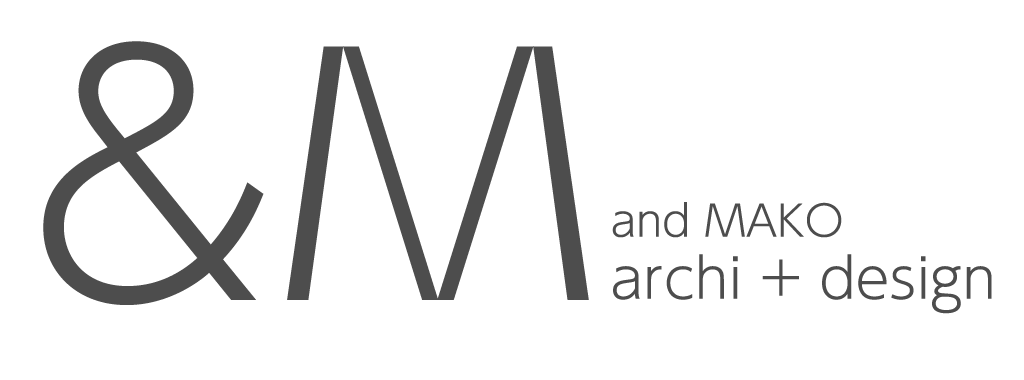
WATER JUNCTION CITY
2010
愛知県、名古屋市
広域都市計画
古谷誠彰研究室での協働作品
Nagoya, Japan
City Planning
Worked with Nobuaki Furuya Lab.
 |  |  |
|---|---|---|
 |  |  |
 |  |
名古屋港とそこから内陸に伸びる中川と堀川の再生計画である。かつては干潟があったり、木材問屋などへの船の往来があったエリアであるが、現在は完全に車社会となり、工業化が進み、水辺を活用した空間は失われてしまった。
そこで、モビリティーカンパニーTOYOTAで有名な名古屋ならではの計画として、車からすぐ水辺にアクセスできるように、広域の駐車場を設けるのではなく、水辺のエリアにある建物に沿って駐車場を数珠繋ぎ状に配置した。そうすることで、車からのアクセスは、車→建物→水辺の親水空間となり、歩者分離がされながらも、川沿いから港まで連続した水辺のプロムナードをつくることに成功した。
港に面したメインの建物は車で容易にシアターやショップなどにアクセスができる文化センターである。
近い将来、自動化や電気自動車によるクリーンな移動手段が普及することにより、危険で排ガスのにおいがする駐車場はなくなる。建物と車が融合した便利で、画期的な建物ができないかと考えている。
This is a plan to revitalize the port of Nagoya and the Nakagawa and Hori river area that flows to the port.
There used to be tidal flats, and ships came and went to timber wholesalers.
However, nowadays, with motorization and industrialization, the use of this waterside space has been lost.
Nagoya region is famous for the automobile company, TOYOTA.
Rather than providing a wide-area parking lot, we arranged parking spaces like a string of beads along the waterfront buildings so that visitors can access to the waterfront area easily by the car. By doing so, people's access from the car will be CAR → BUILDING→WATERFRONT.
Despite the separation of pedestrians, we succeeded in creating a continuous waterside promenade from the riverside to the harbor. The main building facing the harbor is the Cultural Center. Visitors can easily access theaters and shops by car.
In the near future, with the spread of automation and clean transportation by electric vehicles, there will be no dangerous and exhaust gas-smelling parking lots. I would like to create convenient and epoch-making environment-friendly buildings that combine buildings and a cars.
